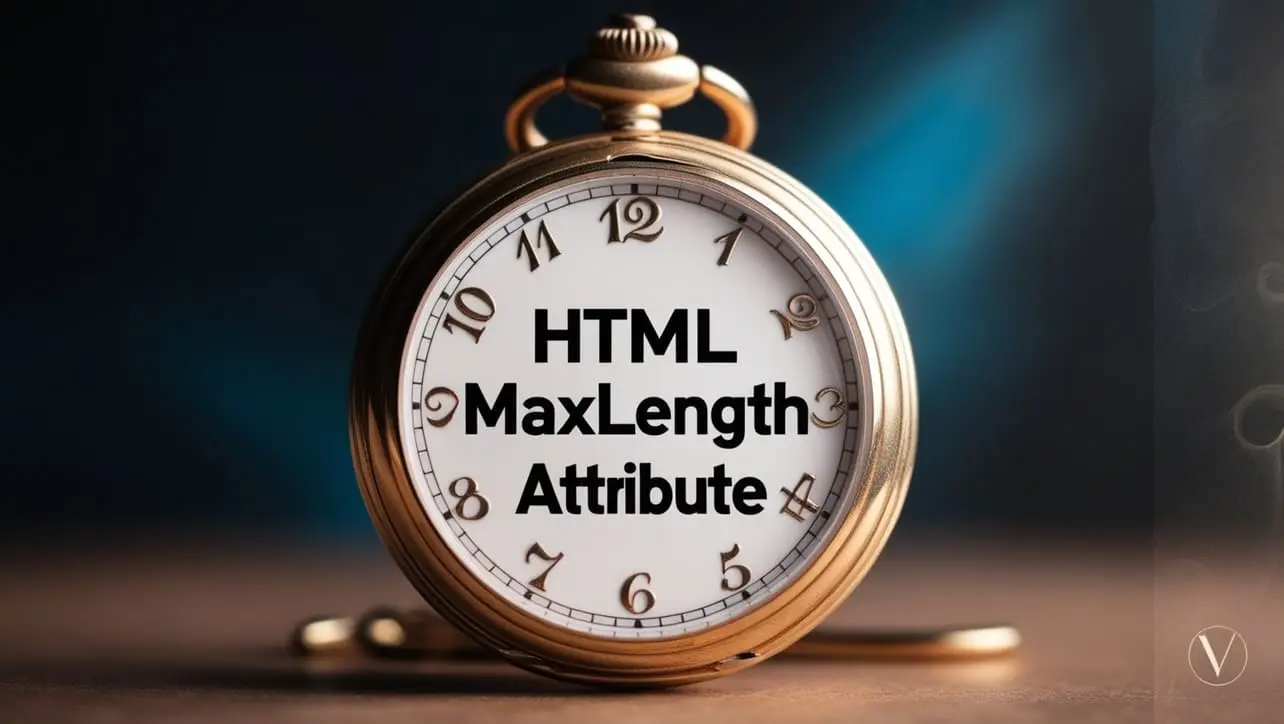
HTML Topics
- HTML Intro
- HTML Basic
- HTML Editors
- HTML CSS
- HTML Tags
- HTML Deprecated Tags
- HTML Events
- HTML Event Attributes
- HTML Global Attributes
- HTML Attributes
- abbr
- accept
- accept-charset
- accesskey
- action
- align
- alt
- archive
- as
- async
- autocapitalize
- autocomplete
- autofocus
- autoplay
- axis
- bgcolor
- border
- cellpadding
- cellspacing
- char
- charoff
- charset
- checked
- cite
- class
- classid
- codebase
- codetype
- color
- cols
- colspan
- compact
- content
- contenteditable
- controls
- coords
- crossorigin
- data
- data-*
- datetime
- declare
- default
- defer
- dir
- dirname
- disabled
- download
- draggable
- enctype
- enterkeyhint
- for
- form
- formaction
- formenctype
- formmethod
- formnovalidate
- formtarget
- frame
- frameborder
- frameset
- headers
- height
- hidden
- high
- href
- hreflang
- hspace
- http-equiv
- id
- inert
- inputmode
- ismap
- kind
- label
- lang
- list
- loop
- low
- max
- maxlength
- media
- method
- min
- multiple
- muted
- name
- novalidate
- onabort
- onafterprint
- onbeforeprint
- onbeforeunload
- onblur
- oncanplay
- oncanplaythrough
- onchange
- onclick
- oncontextmenu
- oncopy
- oncuechange
- oncut
- ondblclick
- ondrag
- ondragend
- ondragenter
- ondragleave
- ondragover
- ondragstart
- ondrop
- ondurationchange
- onemptied
- onended
- onerror
- onfocus
- onhashchange
- oninput
- oninvalid
- onkeydown
- onkeypress
- onkeyup
- onload
- onloadeddata
- onloadedmetadata
- onloadstart
- onmousedown
- onmousemove
- onmouseout
- onmouseover
- onmouseup
- onmousewheel
- onoffline
- ononline
- onpagehide
- onpageshow
- onpaste
- onpause
- onplay
- onplaying
- onpopstate
- onprogress
- onratechange
- onreset
- onresize
- onscroll
- onsearch
- onseeked
- onseeking
- onselect
- onstalled
- onstorage
- onsubmit
- onsuspend
- ontimeupdate
- ontoggle
- onunload
- onvolumechange
- onwaiting
- onwheel
- open
- optimum
- pattern
- placeholder
- popover
- popovertarget
- popovertargetaction
- poster
- preload
- readonly
- rel
- required
- reversed
- rows
- rowspan
- sandbox
- scope
- selected
- shape
- size
- sizes
- span
- spellcheck
- src
- srcdoc
- srclang
- srcset
- start
- step
- style
- tabindex
- target
- title
- translate
- type
- usemap
- value
- width
- wrap
- HTML Comments
- HTML Entity
- HTML Head
- HTML Form
- HTML IndexedDB
- HTML Drag & Drop
- HTML Geolocation
- HTML Canvas
- HTML Status Code
- HTML Language Code
- HTML Country Code
- HTML Charset
- MIME Types
HTML maxlength Attribute

Photo Credit to CodeToFun
🙋 Introduction
The maxlength attribute is a useful feature in HTML that allows developers to define the maximum number of characters or length of input that a user can enter in a form field.
This attribute is particularly handy when you want to limit the length of user input, such as in text areas or input fields.
🎯 Purpose of maxlength
The primary purpose of the maxlength attribute is to set an upper limit on the number of characters that users can input in a specific field.
This helps in maintaining data integrity and ensures that the entered information conforms to the desired format or length.
💎 Values
The maxlength attribute takes a positive integer as its value, representing the maximum number of characters allowed in the input field. For example:
<input type="text" maxlength="50">🧠 How it Works
In this example, the maxlength attribute is set to 50, indicating that the user can input a maximum of 50 characters in the associated text input field.
📄 Example
Let's look at a simple example of how to use the maxlength attribute in an HTML form:
<form>
<label for="username">Username:</label>
<input type="text" id="username" name="username" maxlength="20">
<label for="message">Message:</label>
<textarea id="message" name="message" maxlength="200"></textarea>
<input type="submit" value="Submit">
</form>🧠 How it Works
In this example, the maxlength attribute is applied to both the username text input and the message textarea, setting character limits for each.
🔄 Dynamic Values with JavaScript
Similar to other HTML attributes, you can dynamically set the maxlength attribute using JavaScript.
This can be beneficial when you want to adjust the character limit based on specific conditions or user interactions. Here's an example:
<script>
// Dynamically set maxlength for an input field
document.getElementById("dynamicField").maxlength = 100;
</script>🧠 How it Works
In this script, the maxlength attribute is set to 100 for an input field with the id dynamicField. This dynamic approach allows you to adapt the character limit based on dynamic factors.
🏆 Best Practices
- Use the
maxlengthattribute judiciously to ensure a balance between user convenience and data integrity. - Provide clear instructions to users about character limits through labels or form hints.
- Always validate input on the server-side to ensure data integrity, as client-side validation can be bypassed.
🎉 Conclusion
The maxlength attribute is a valuable tool for controlling the length of user input in HTML forms.
By incorporating this attribute appropriately, you can enhance the user experience and ensure the integrity of the collected data.
🤯 Fun Fact

Did you Know?
When using the maxlength attribute, it's crucial to consider the appropriate limit for the type of information you're collecting. Setting overly restrictive limits may inconvenience users, while insufficient limits may compromise data integrity.
👨💻 Join our Community:
Author

For over eight years, I worked as a full-stack web developer. Now, I have chosen my profession as a full-time blogger at codetofun.com.
Buy me a coffee to make codetofun.com free for everyone.
Buy me a Coffee












If you have any doubts regarding this article (HTML maxlength Attribute), please comment here. I will help you immediately.